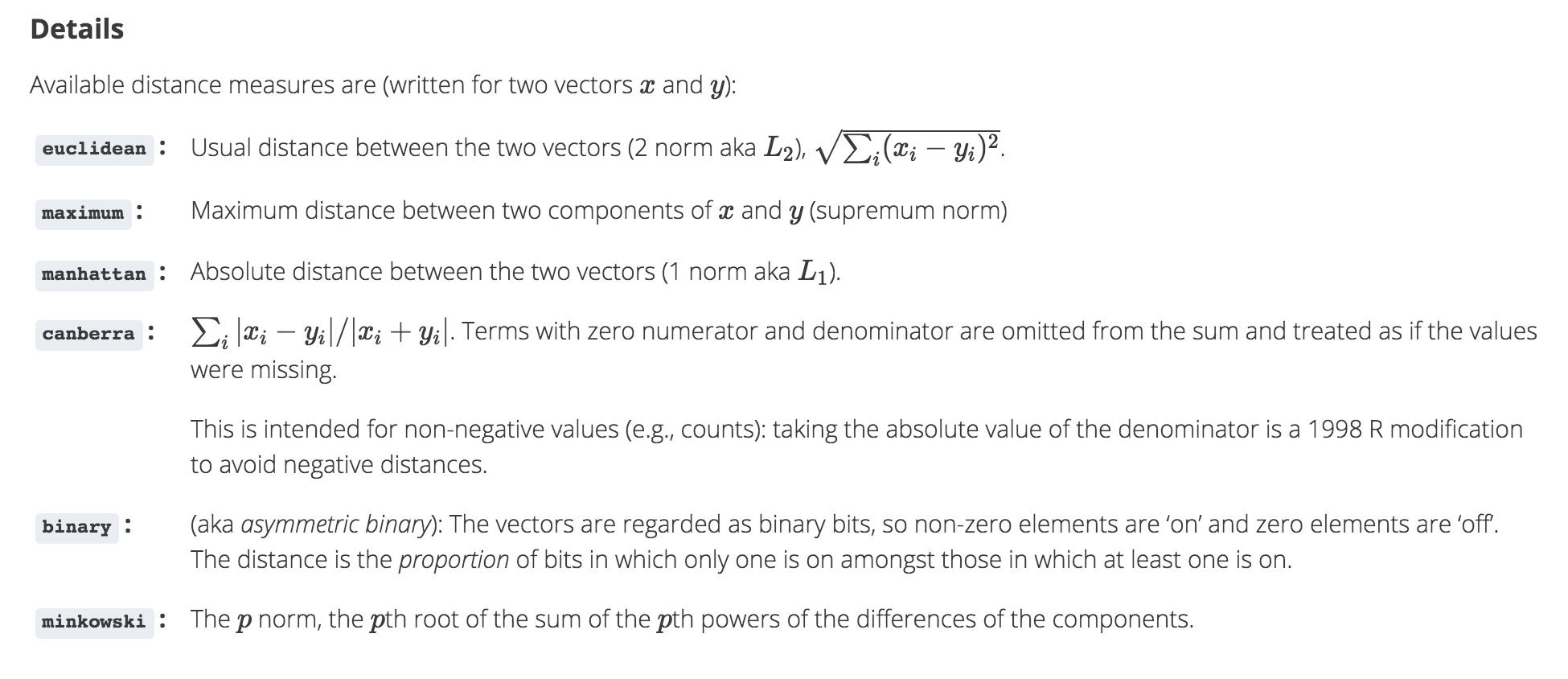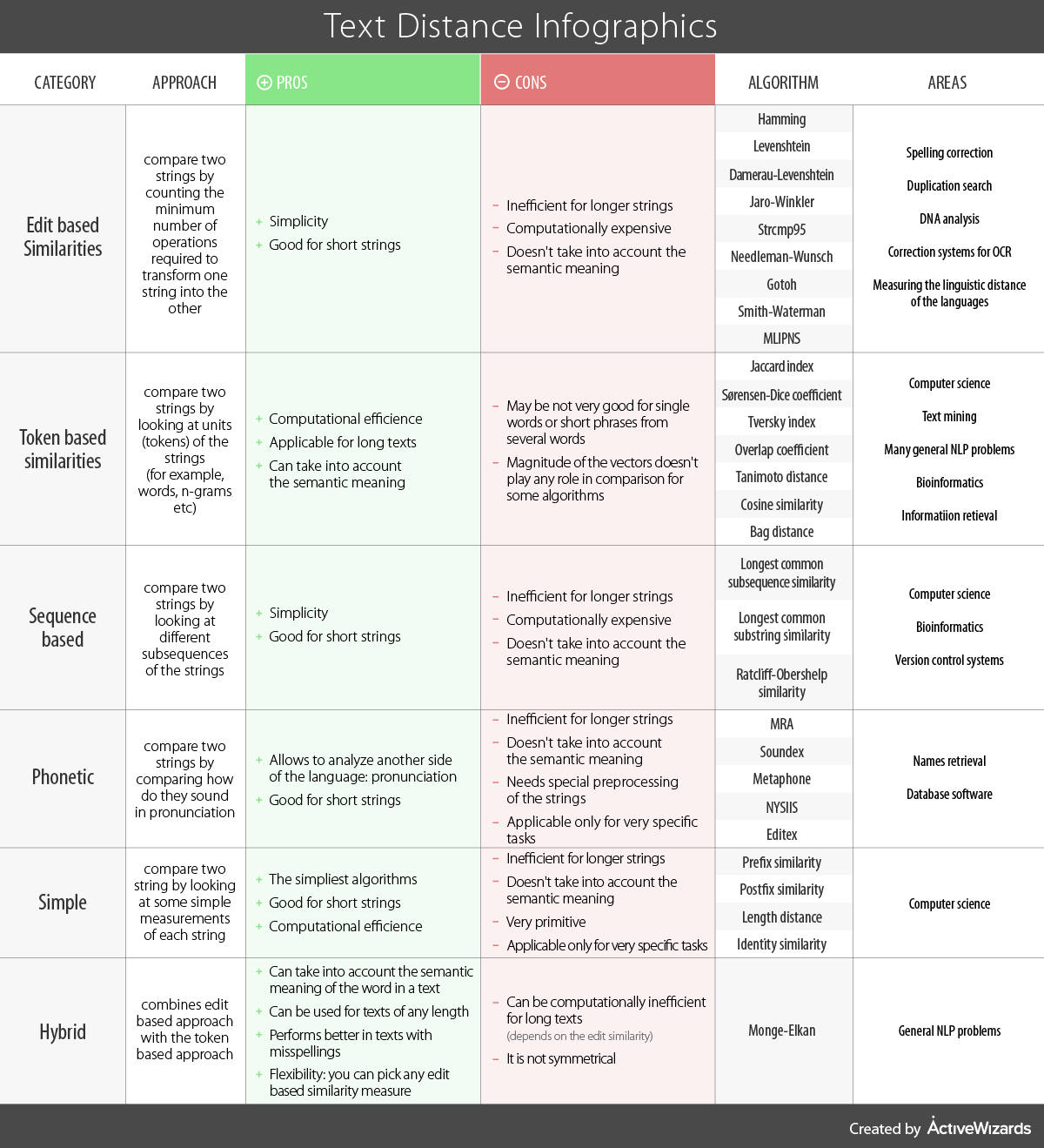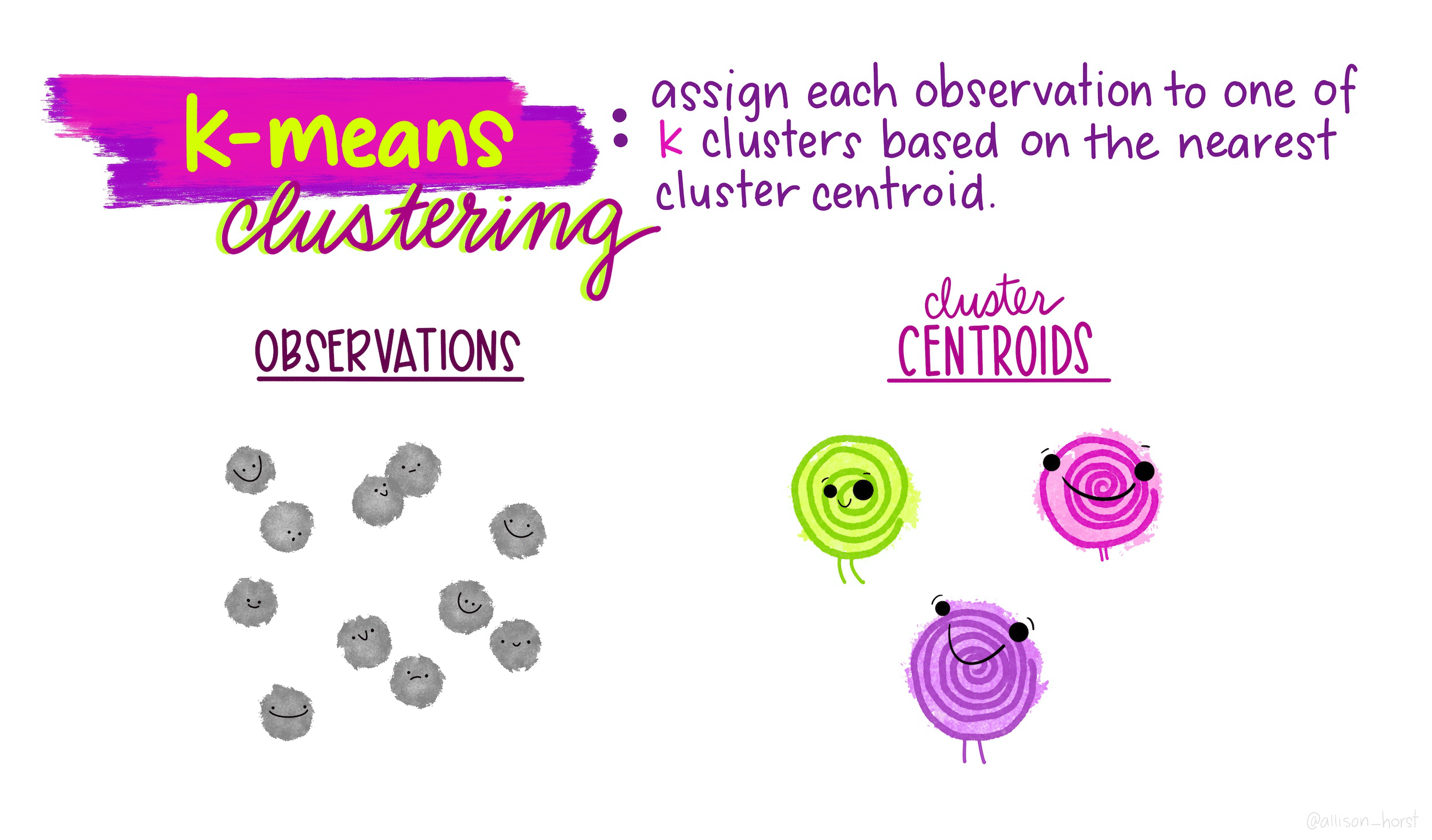x1 <- c(1,2,3)
x2 <- c(1, 4, 10)
x3 <- c(9, 2, 2)
# d(1,2)
1 - cor(x1, x2)[1] 0.01801949# d(1,3)
1 - cor(x1, x3)[1] 1.866025# d(2,3)
1 - cor(x2, x3)[1] 1.755929# d(1,3) > d(1,2) + d(2,3)
1 - cor(x1, x2) + 1 - cor(x2, x3)[1] 1.773948November 18 + 20 + 25, 2024
Jo Hardin
Grouping or categorizing observational units (objects) without any pre-assigned labels or scores (no outcome information!)
Latent Dirichlet Allocation: Topic Modeling of TSL Articles
Network & Clustering: Characters in ‘Love Actually’
Using absolute distance doesn’t fix things.

dist function in R
dist in R calculates the distances given above.
is a set of nested clusters that are organized as a tree. Note that objects that belong to a child cluster also belong to the parent cluster.
Agglomerative methods start with each object (e.g., gene, penguin, etc.) in its own group. Groups are merged until all objects are together in one group.
Divisive methods start with all objects in one group and break up the groups sequentially until all objects are individuals.
Single Linkage algorithm defines the distance between groups as that of the closest pair of individuals.
Complete Linkage algorithm defines the distance between groups as that of the farthest pair of individuals.
Average Linkage algorithm defines the distance between groups as the average of the distances between all pairs of individuals across the groups.
of Single Linkage Agglomerative Hierarchical Clustering
| A | B | C | D | E | |
|---|---|---|---|---|---|
| A | 0 | ||||
| B | 0.2 | 0 | |||
| C | 0.6 | 0.5 | 0 | ||
| D | 1 | 0.9 | 0.4 | 0 | |
| E | 0.9 | 0.8 | 0.5 | 0.3 | 0 |
see class notes to walk through the process.
strengths
shortcomings
penguins_h <- penguins |>
drop_na(bill_length_mm, bill_depth_mm, flipper_length_mm, body_mass_g) |>
select(bill_length_mm, bill_depth_mm, flipper_length_mm, body_mass_g) |>
mutate(across(bill_length_mm:body_mass_g, scale))
penguin_hclust <- penguins_h |>
dist() |>
hclust(method = "complete")
penguin_hclust
Call:
hclust(d = dist(penguins_h), method = "complete")
Cluster method : complete
Distance : euclidean
Number of objects: 342 penguins |>
drop_na(bill_length_mm, bill_depth_mm, flipper_length_mm, body_mass_g) |>
select(island) |>
cbind(cluster = cutree(penguin_hclust, k = 3) ) |>
table() cluster
island 1 2 3
Biscoe 44 123 0
Dream 70 0 54
Torgersen 51 0 0penguins |>
drop_na(bill_length_mm, bill_depth_mm, flipper_length_mm, body_mass_g) |>
select(species) |>
cbind(cluster = cutree(penguin_hclust, k = 3) ) |>
table() cluster
species 1 2 3
Adelie 151 0 0
Chinstrap 14 0 54
Gentoo 0 123 0
https://www.naftaliharris.com/blog/visualizing-k-means-clustering/
If a point is “closer” to a different center, moving it will lower the objective function.
Averages minimize squared differences, so taking the new average will result in a lower objective function.
If a point is equidistant from two clusters, the point won’t move.
The algorithm must converge in finite number of steps because there are finitely many points.
strengths
shortcomings
Find the observations (data values!)
Important:
Randomly assign a number, from 1 to
Iterate until the cluster assignments stop changing:
strengths
shortcomings
Silhouette Width (use
Elbow plot (use
Consider observation
Note that if
We are looking for a large silhouette width.